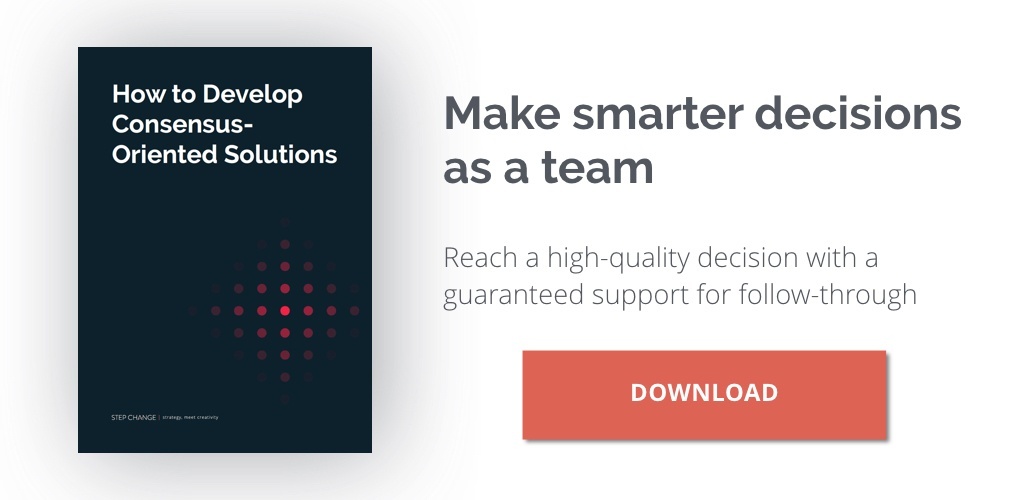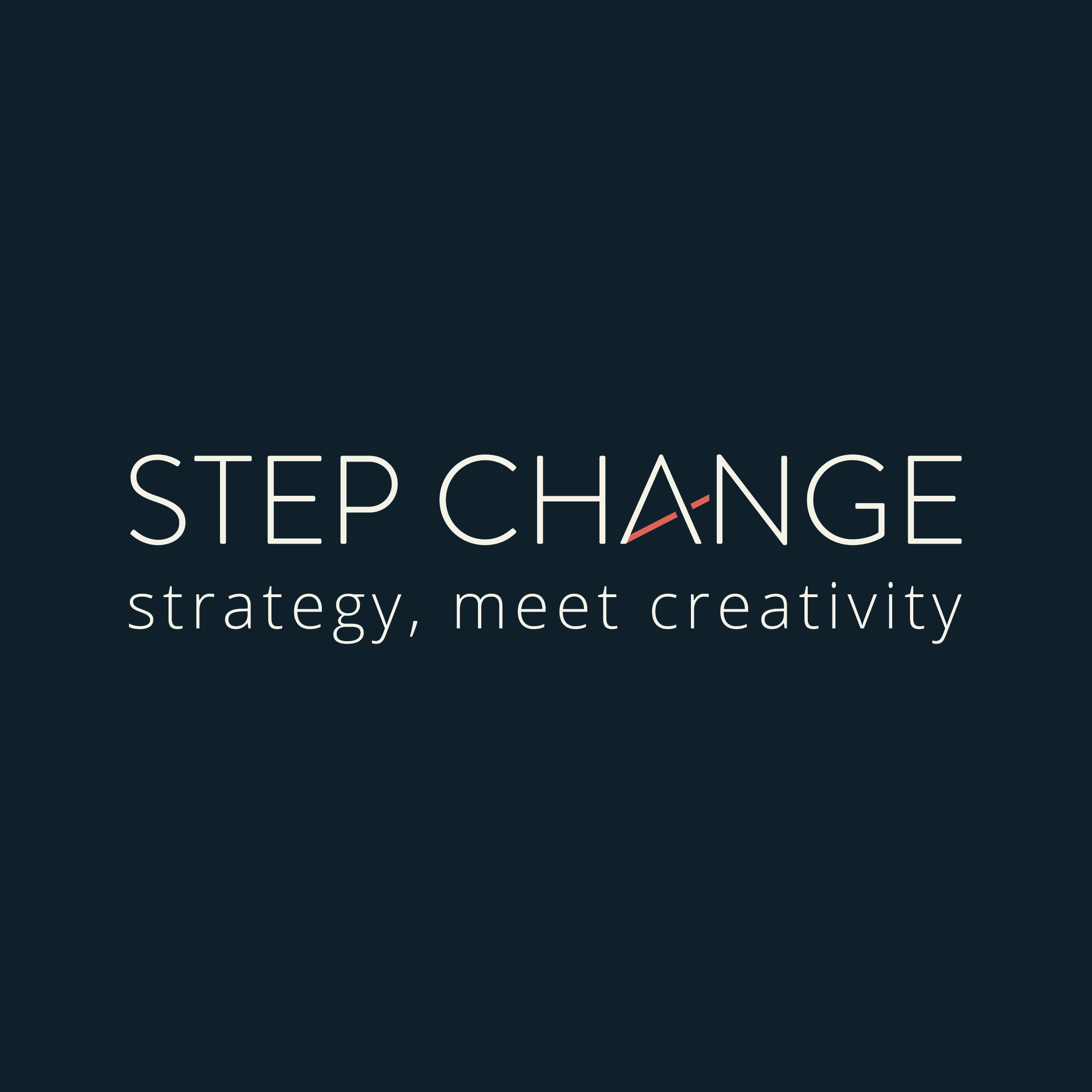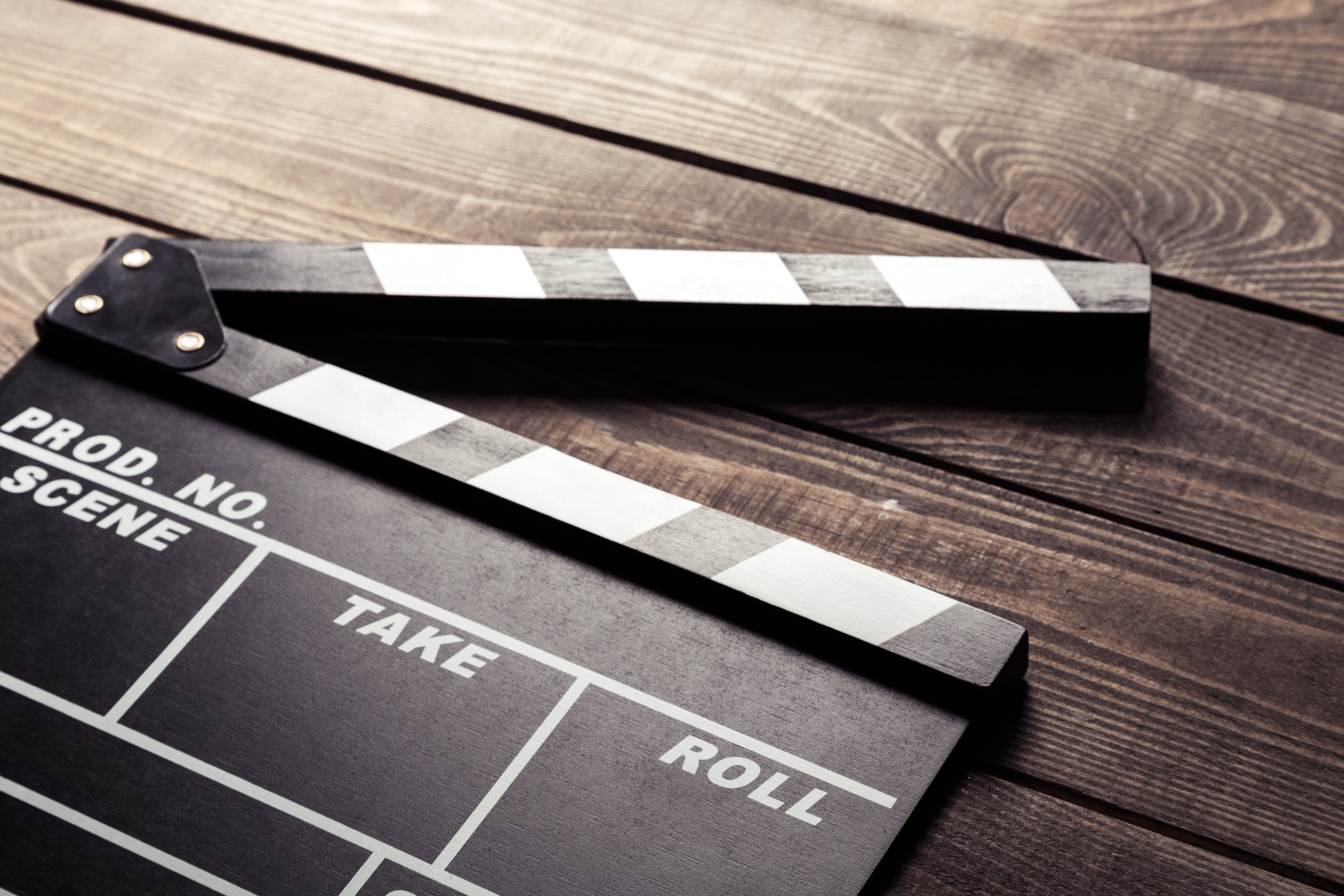Mental clarity and better decisions are all in the realm of possibility if you use the OODA Loop tool. Why does this matter? Making better decisions than your competitors is a skill you can learn to build up to ensure you’re always one step ahead.
What Is an OODA Loop?
John Boyd developed the OODA Loop tool after he compared the success of the American F-86 fighter plane to the Soviet’s MIG-15. The American plane won more battles because the pilot’s field of vision was far more superior.
The improved vision gave him a strong competitive advantage as it meant he could assess the situation faster and with more clarity.
Boyd believed success was defined by staying ahead of competition through making incremental improvements and constantly revising strategies to keep up with the ever-changing environment.
This philosophy is what the OODA Loop tool was developed upon.
How to Use the OODA Loop
This model is supposed to be fluid, not static. The point is to move through the stages in a way that flows naturally whilst testing if you can increase the speed of your progression through these stages.
In other words, you want to loop through these stages as fast as you can without compromising on the quality of your conclusions.
1. Observe
Collect and retain as much information as possible from all sources about the question at hand. The more information you have access to, the more accurate your perception will be.
Observe and take into consideration the environment, direct and indirect factors, residual effects, predictions, and what’s happening.
2. Orient
Analyse the information and use it to fine-tune the reality. In this stage, you need to be aware of your cognitive biases as they will filter the way you analyse information.
Some factors that may also induce biases include culture, previous experiences, and personal beliefs.
3. Decide
Work out the next steps and where you want to go. By taking into consideration all your analysis and all your observations, you should be able to arrive to a solid conclusion.
4. Act
Stick to and carry out your decision. Once you’ve implemented your decision, it’s important to cycle back to the observe cycle and gauge the effects of your actions.
Making Better Decisions
We all know the value of a good decision. Using this tool, you can improve your chances of ensuring all your decisions are thoughtful and accurate.
Prolonged use of this tool will train you to adopt this thinking process in all areas of your life when making decisions.














